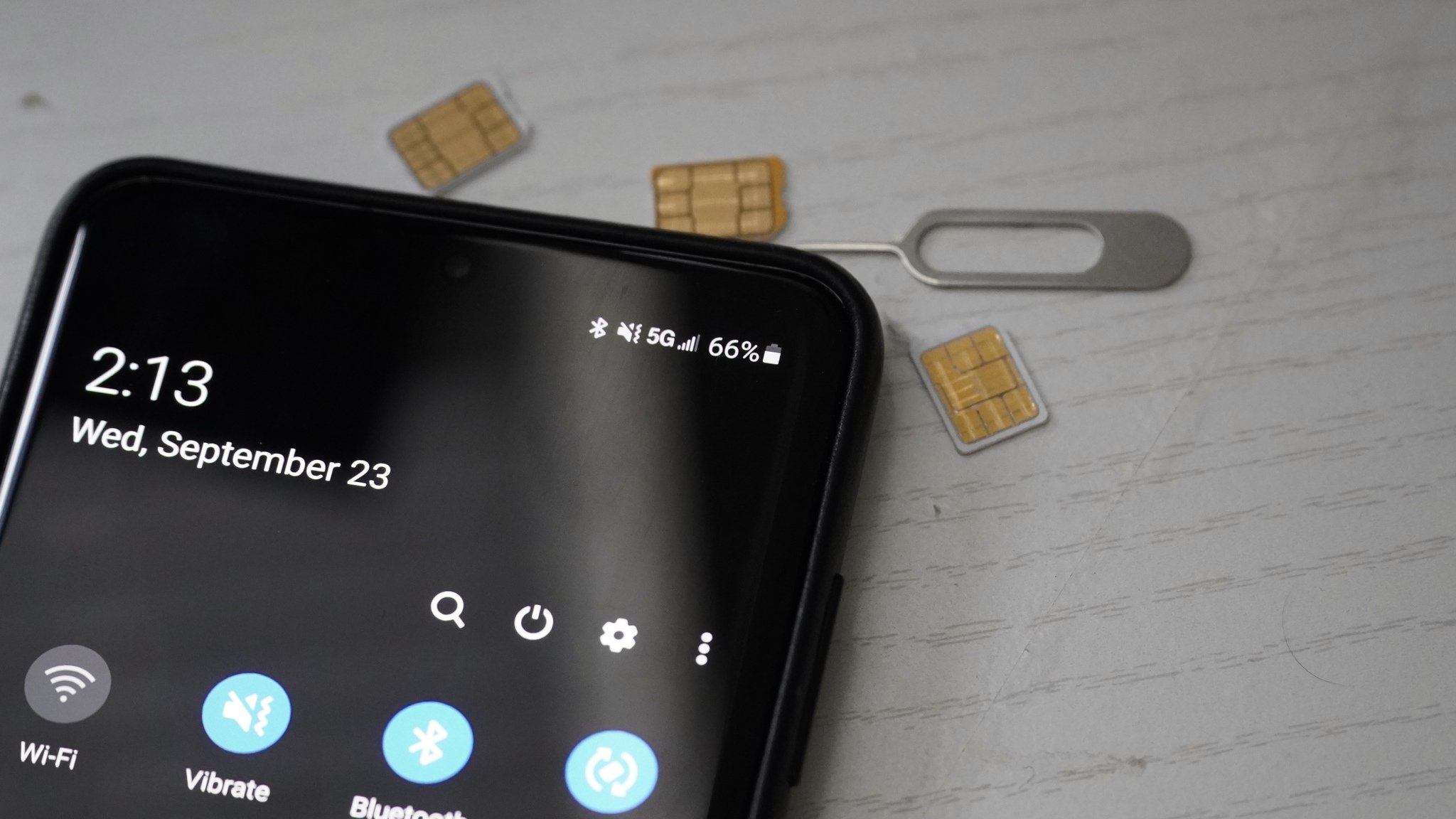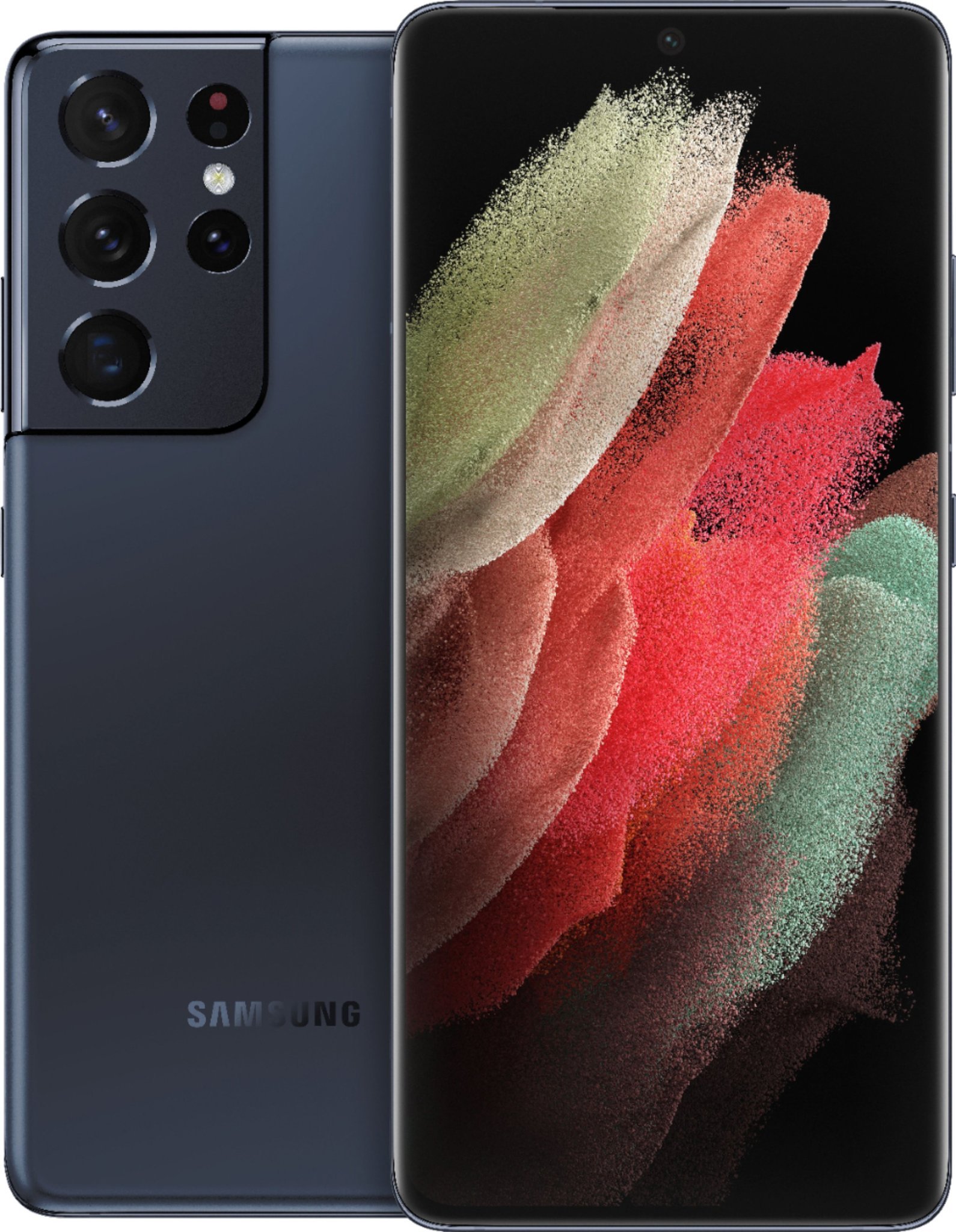Is 5G Wi-Fi the same as 5G cellular?
Best answer: Not at all. Many Wi-Fi names include "5G," to refer to the 5GHz band, while cell phone networks refer to the fifth generation of broadband cellular networks.
What is 5G Wi-Fi?So is 5G Wi-Fi the same as 5G cellular? With wireless communication, it always comes back to frequency. Frequency measures the number of cycles a wave goes through in one second and is represented in hertz (Hz). Most Wi-Fi networks use 2.4 and 5 gigahertz (GHz) bands to communicate with Wi-Fi devices, which is why some are labeled to show the difference. However, the label is entirely optional, and some newer routers with band steering will only broadcast a single Wi-Fi name for both 2.4GHz and 5GHz.
Wi-Fi also comes from a local wireless router, like the TP-Link Archer AX21 in your home and rarely reaches more than a few meters outside your home. This connection is also data-only, meaning when you connect your phone, it will need to stay in communication with a cell tower. Most carriers, however, have integrated tech into your phone to allow you to call and text over Wi-Fi.
What is 5G cellular?On the other hand, 5G from a cell phone carrier like AT&T, T-Mobile, or Verizon simply refers to the fifth generation of broadband cellular networks. Previous generations were labeled as 4G and 3G when you connected. So 5G can use a wide range of frequencies from as low as 600MHz up to 6GHz, with lower frequencies offering greater 5G coverage while higher frequencies often provide better speeds. If these numbers look familiar, you may be used to FM radio which uses frequencies between 88MHz and 108MHz with variation depending on where you live.
If you see "5G" in the status bar next to your signal strength, you're connected to a 5G cellular network. This signal comes from a cell phone tower within a couple of miles of your location. Since the signal has to travel further than Wi-Fi, it's common for carriers to use lower frequencies since they have greater range through the atmosphere, especially in humid areas. You won't need to connect to a 5G network manually. Instead, your phone will automatically scan for the proper bands, and the information on your SIM card will allow you to connect.
The exact frequencies that a carrier uses come down to agreements and auctions to use certain vacant portions of the wireless spectrum. This spectrum can also be made up of repurposed frequencies such as 6GHz bands being used for C-band 5G coverage and Wi-Fi 6E routers. There should be no overlap as long as everyone sticks to their approved power levels and safe zones.
Supports most bandsSamsung Galaxy S21 Ultra$1,000 at Amazon$800 at Best Buy$1,050 at Newegg
Support for 5G and Wi-Fi at 2.4GHz, 5GHz, and 6GHz
The Galaxy S21 Ultra packs in the latest tech with support for the newest WI-Fi 6E plus 5G support for sub-6 and mmWave tech.


